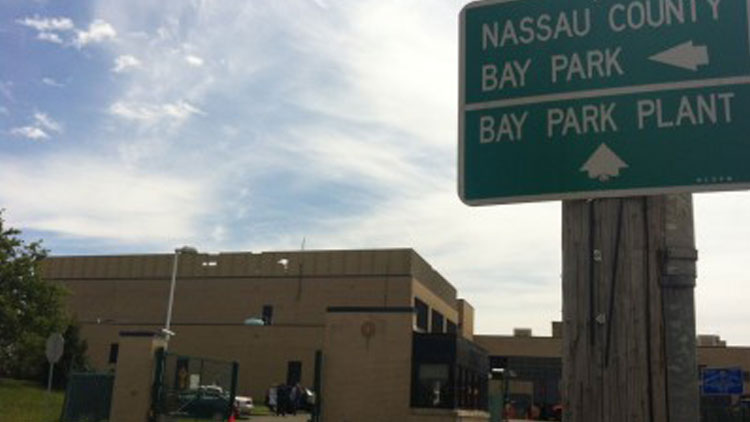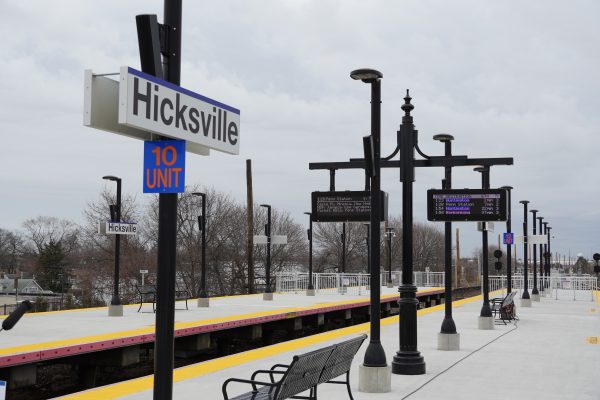The Bay Park Sewage Treatment Plant spill after Superstorm Sandy ranked the worst sewage overflow in New York State and the second worst in the Northeast, according to a new environmental report.
An estimated 2.2 billion gallons of partially treated sewage flowed into Rockaway Channel between when the plant failed the day of the Oct. 29 storm and Dec. 21 when the plant become fully operational again 44 days later, according to Climate Central, a New Jersey-based nonprofit research group. They estimated another 104 million gallons of raw sewage was sent into the bay from the beleaguered plant that was ranked the worst on Long Island two years ago.
“Tidal flooding in Bay Park was so severe that plant operators were unable to give us their estimate of the overflow volume,” wrote the report’s authors, whose estimates were “based on daily average flows through the plant.”
Bay Park, which treats sewage from about 40 percent of Nassau County, was ranked second to the Passaic Valley Sewage Commission in Newark that released 840 million gallons of raw sewage into Newark Bay in the week following Sandy and another three billion gallons of partially treated sewage through Nov. 16.
The study found that a total of 11 billion gallons of raw and partially treated sewage flowed into waterways—and in parts of southwestern Nassau, streets and homes—in the eight hardest-hit states. That’s more than 50 times the BP Deepwater Horizon oil spill.
Rounding out the top-five worst Sandy sewage spills was the Yonkers Joint Wastewater Treatment Plant, the Middlesex County Sewage Authority in Sayersville, NJ and the O Street Combined Sewer Overflow in Washington, D.C.
New York and New Jersey suffered the overwhelming majority of the sewage spillage—a combined 94 percent—with the Empire State slightly edging out the Garden State for the largest estimated spill volume with 5.2 billion gallons, the report found.
Nine of New York City’s 14 sewage treatment plants spilled a combined total of 1.6 billion gallons, ranking second in the state to Bay Park.
Nassau County officials have said they plan to use Sandy aid to prepare the Bay Park plant for future storms, which is in line with recommendations in the report. Last week, the plant earned the American Council of Engineering Companies’ Diamond Award for its de-chlorination facility.
“We were really surprised to find is just how vulnerable this entire system is to floods, storms and ultimately to climate change,” Alyson Kenward, the scientist who authored the report, told reporters on a conference call Tuesday.
“Researchers are predicting at least two feet of sea-level rise by the end of this century, which will makes these storm even more dangerous than they already are,” she said. “And with so much of our sewage systems sitting in low-lying areas near the coast, they are really susceptible. “































